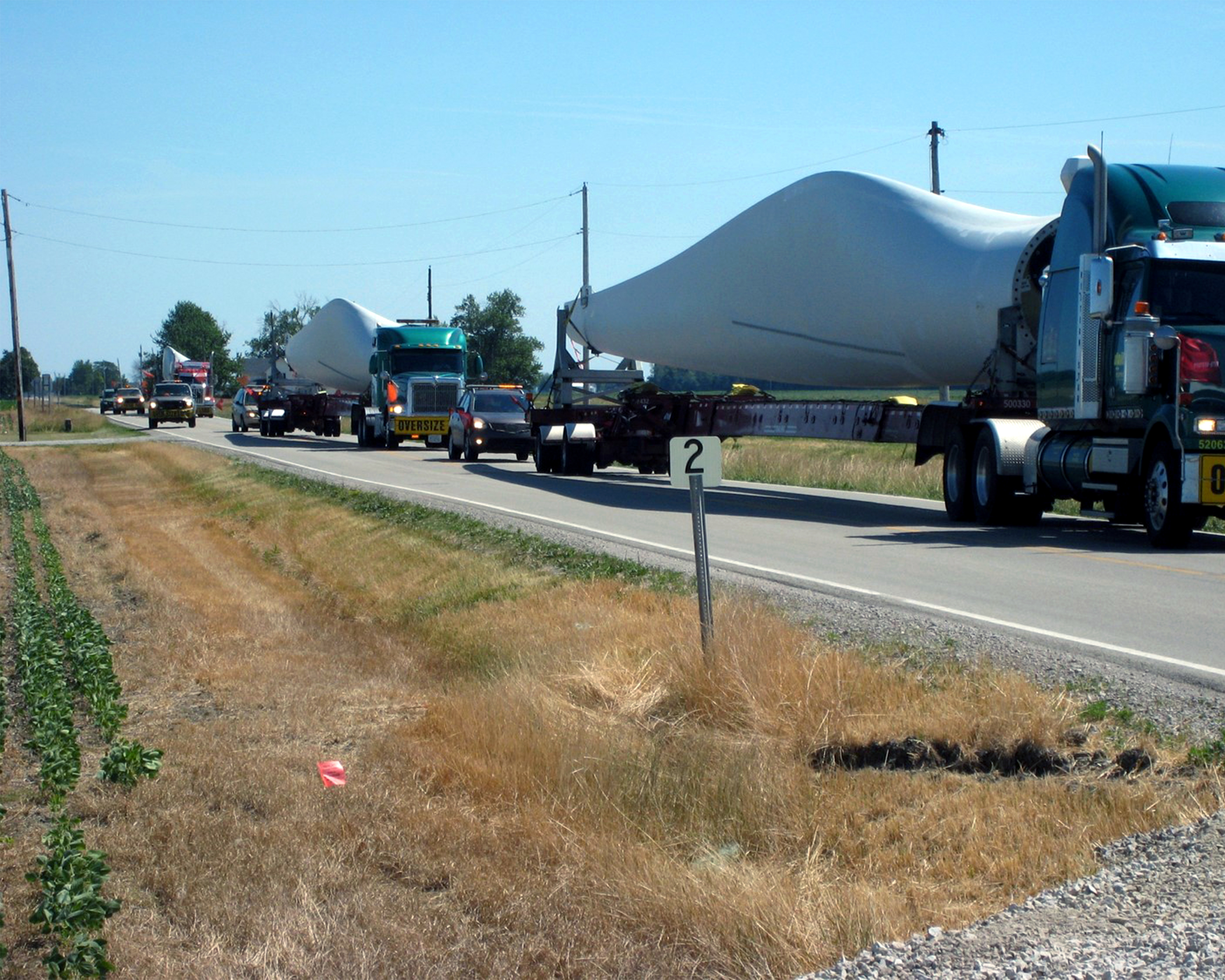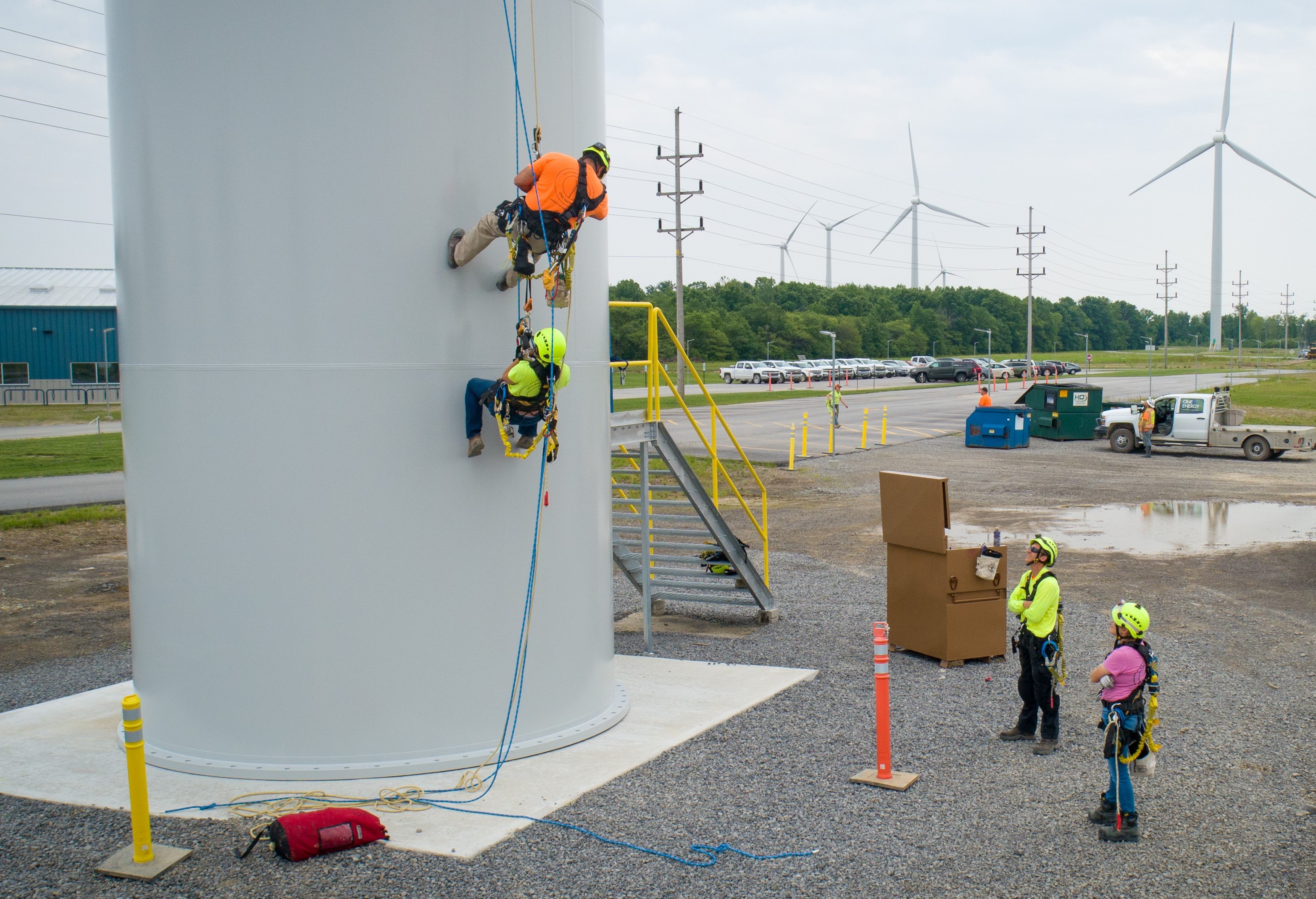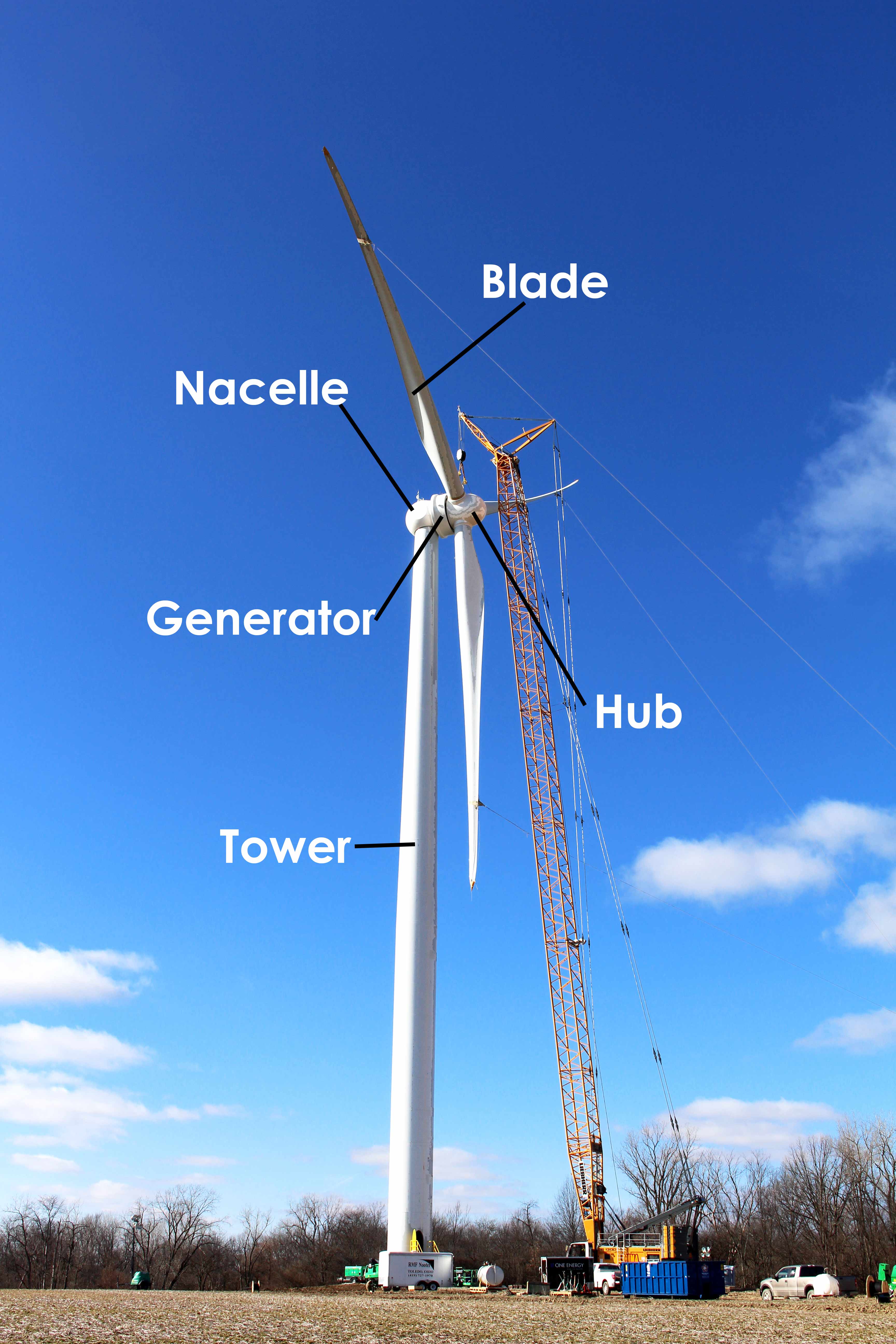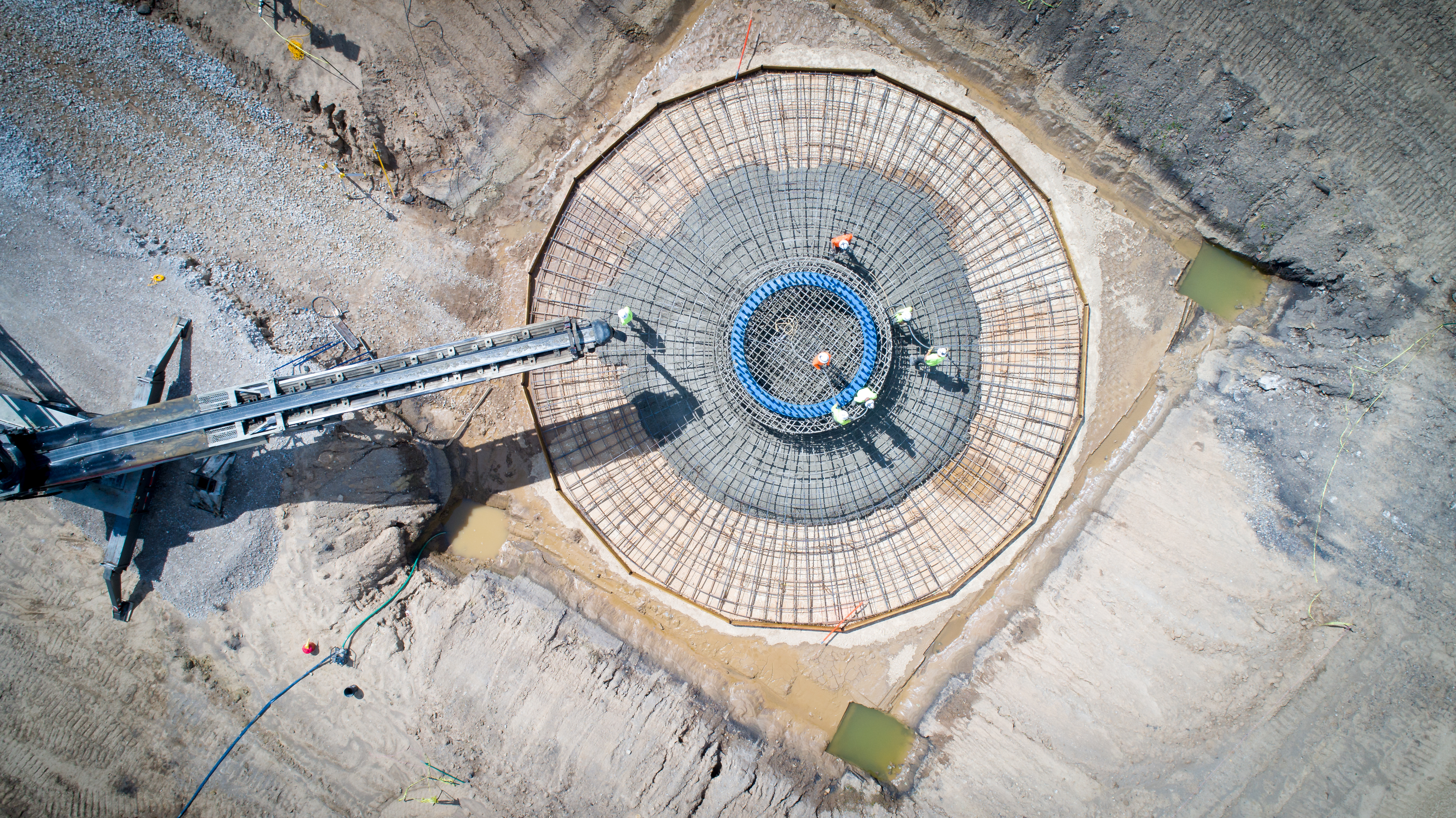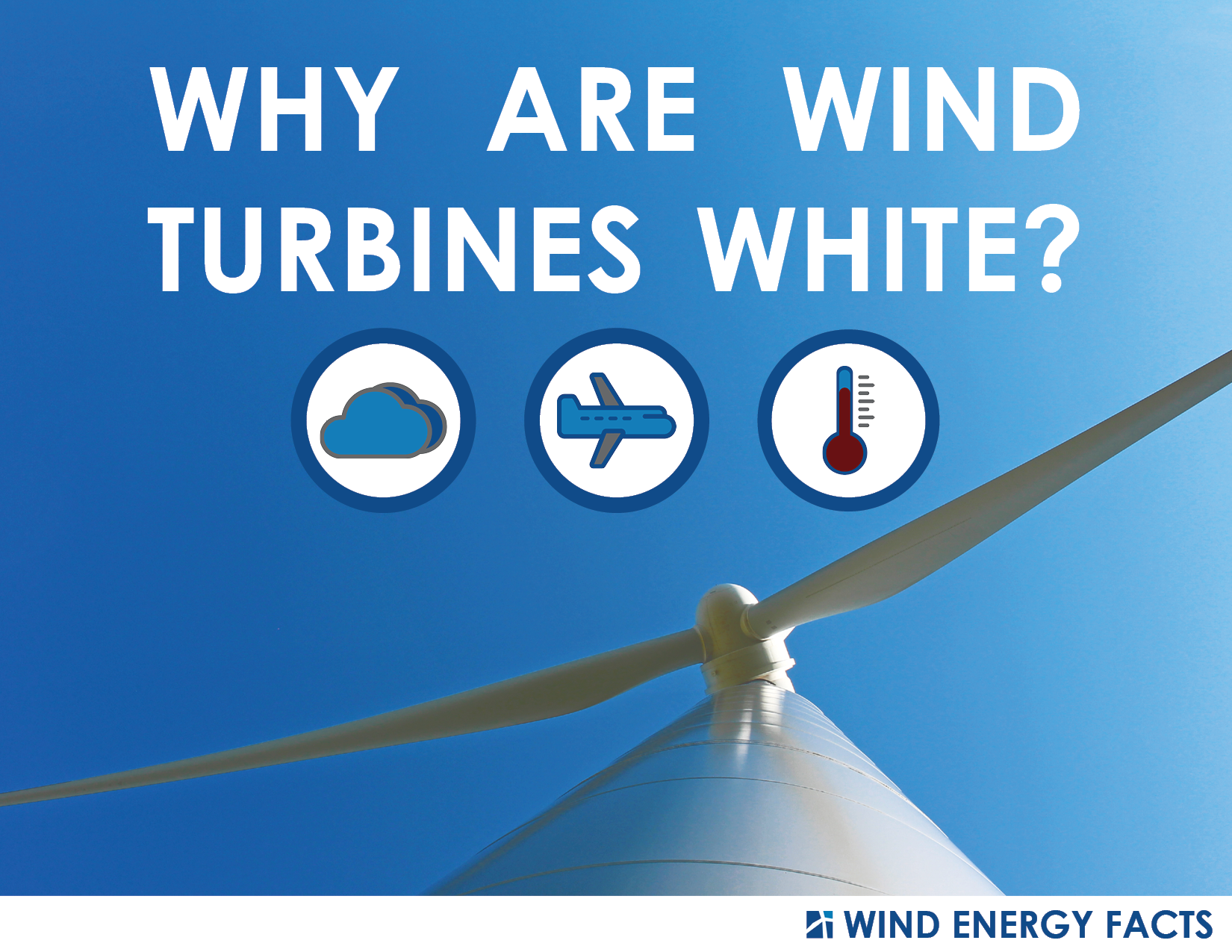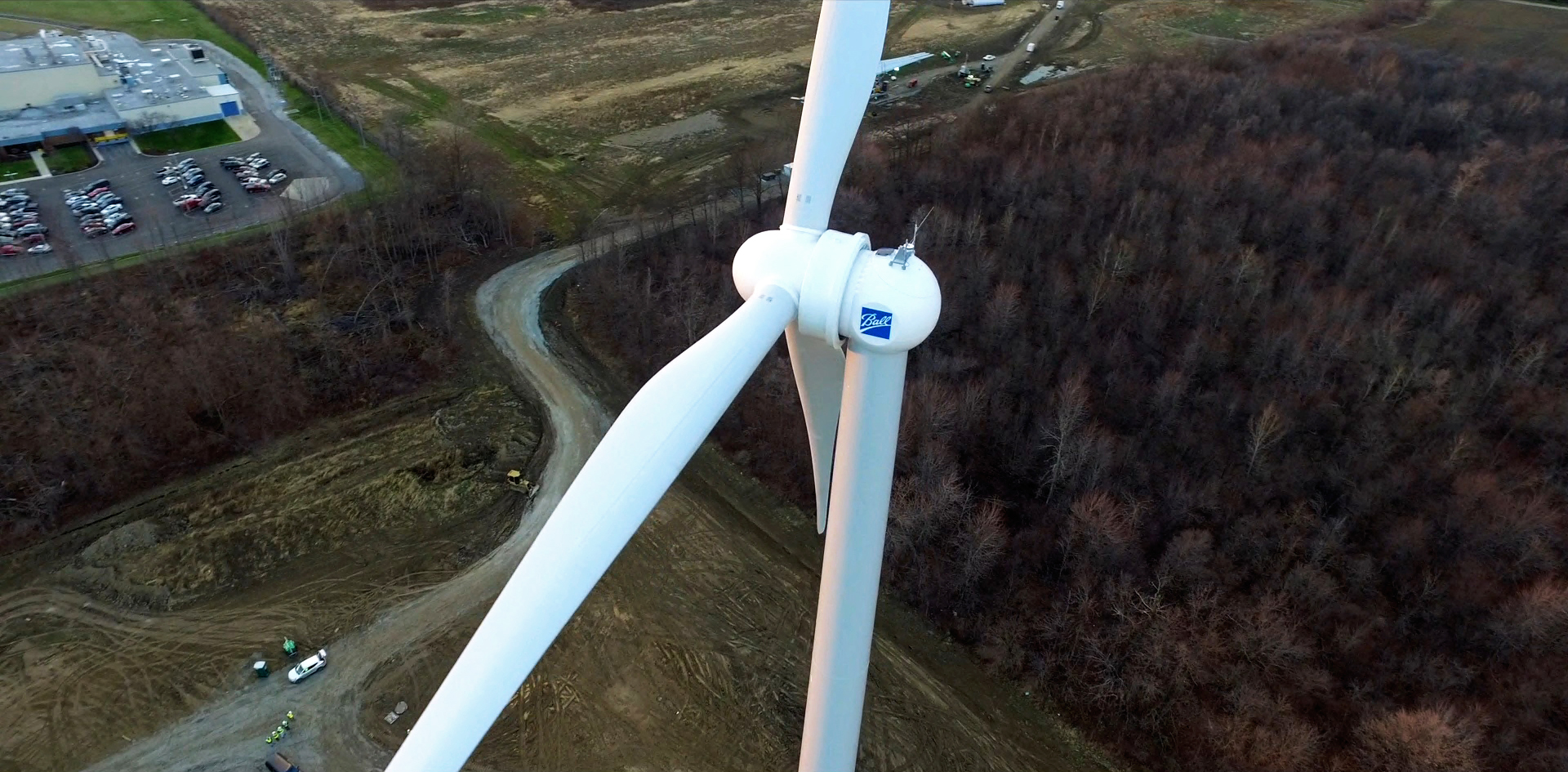Success is a dynamic concept. For many, it takes the form of the goals at specific moments in your life. When I was 5, for example, my measure of a successful person was if they were a “billion-quadrillionaire.” Assuming that’s in U.S. dollars, that benchmark is more money than currently exists in the world. Nice try, young Chelsea.
So how do you become successful?
Success is unique and personal. It is immeasurable at times and so clearly tangible at others. Perhaps your measure of success is being happy with your personal life or maybe it’s taking over the world. You define and evaluate your own success.
For those who don’t know me, I am a young executive at a complex and innovative business that is just over a decade old. Our company is built for the future yet exists in a world that is not always keen on change. I’ve spent my career climbing the ladder of a start-up that has grown immensely and faced incredible hurdles; in that time I’ve learned an unfathomable amount. I have come to the brink of my sanity more times than is reasonable, and it’s safe to say that my career often supersedes my life. This requires a lot of self-reflection.
For people like me, success is not straightforward. Life throws us curveballs and by rule of comparison, there is always someone hitting the ball better. In this time of a pandemic, a recession, and a record-breaking election, I’d like to share something that changed my life and shaped my definition of success.
Five years ago, I met a local executive who became someone I looked up to. This executive was nearing retirement, had a loving family, a successful career, and a team of people who adored and admired him. He also had a handwritten list of reminders in his desk to help him keep his head screwed on straight.
This executive passed away somewhat abruptly. A few months later, I received an email with an attachment. The document, titled “Life Lessons” stated the following:
- Always maintain a good sense of humor.
- Exercise every day, even if you don’t feel like it.
- Don’t spend more money that you make.
- Love at first sight isn’t a fable.
- You must be able to forgive even if it is difficult to do so.
- Try to not take yourself so seriously.
- Love is not easy; sometimes you have to work at it.
- Use your common sense – it is usually the most reasonable answer to every situation.
- Life is a gift.
- Stay curious.
- Your family and friends are the most precious thing you will ever have in life.
- Focus brings focus.
- Prepare relentlessly.
- Stand up to bullies.
- An unexamined life is not one worth living.
- Hanging onto the past limits your future.
I pass along this list to every new employee I work with. I share it to remember his legacy, but also to let my team members know that I want them to choose their own path. While success is personal, I want to share in (and contribute towards) their achievements.
Since reading and absorbing my mentor’s list, I have created my own. I read it daily, so I can remember what matters most to me. It helps me prioritize and reminds me that my definition of success involves staying true to who I am.
So how does one become successful? There is no single answer. But every day is an opportunity to live your life (and define success) by your own standards. Become the best version of yourself, and you might as well have a billion-quadrillion dollars.
Chelsea Bumb is the Head of Construction at One Energy.
Learn more about Chelsea and the One Energy team.





























